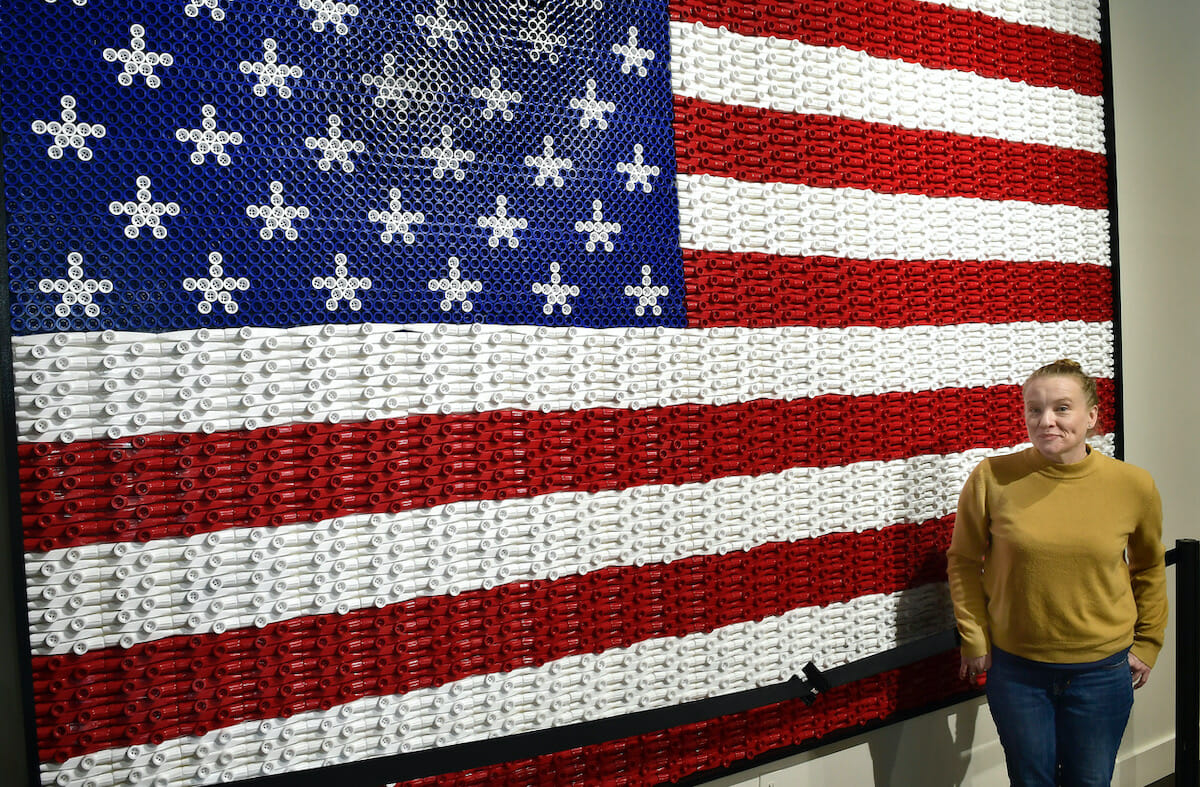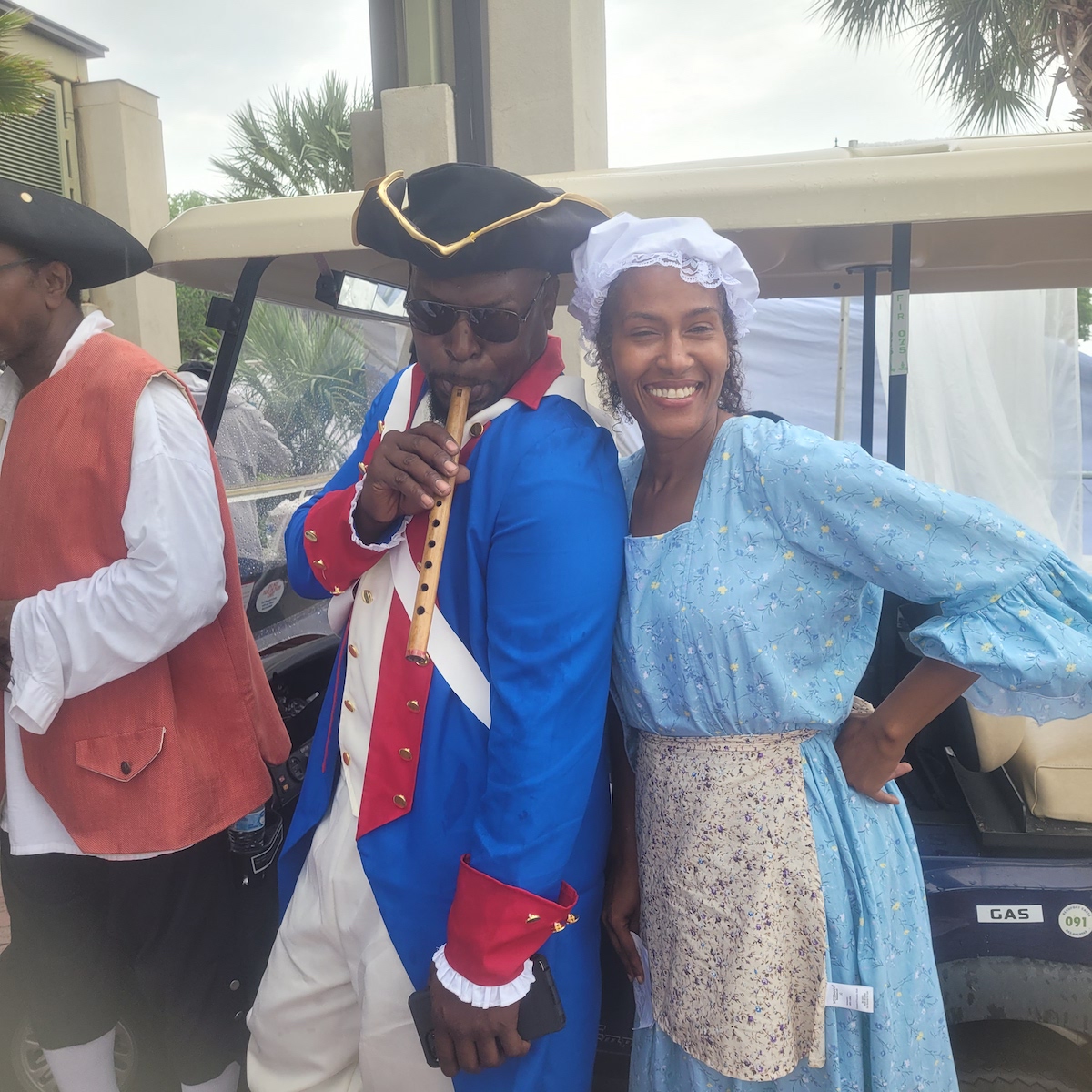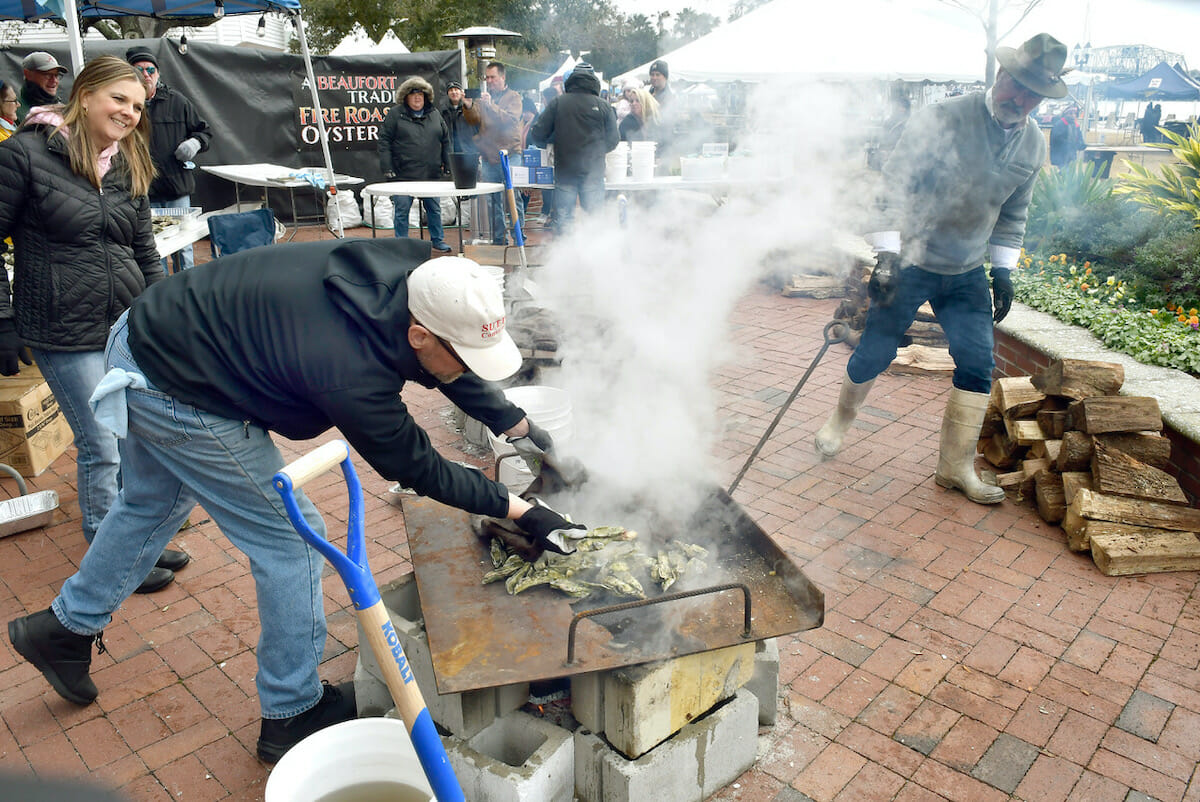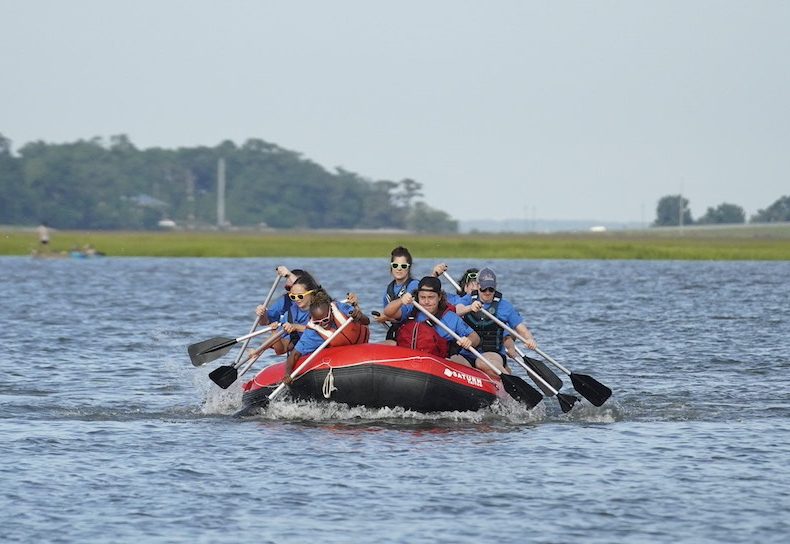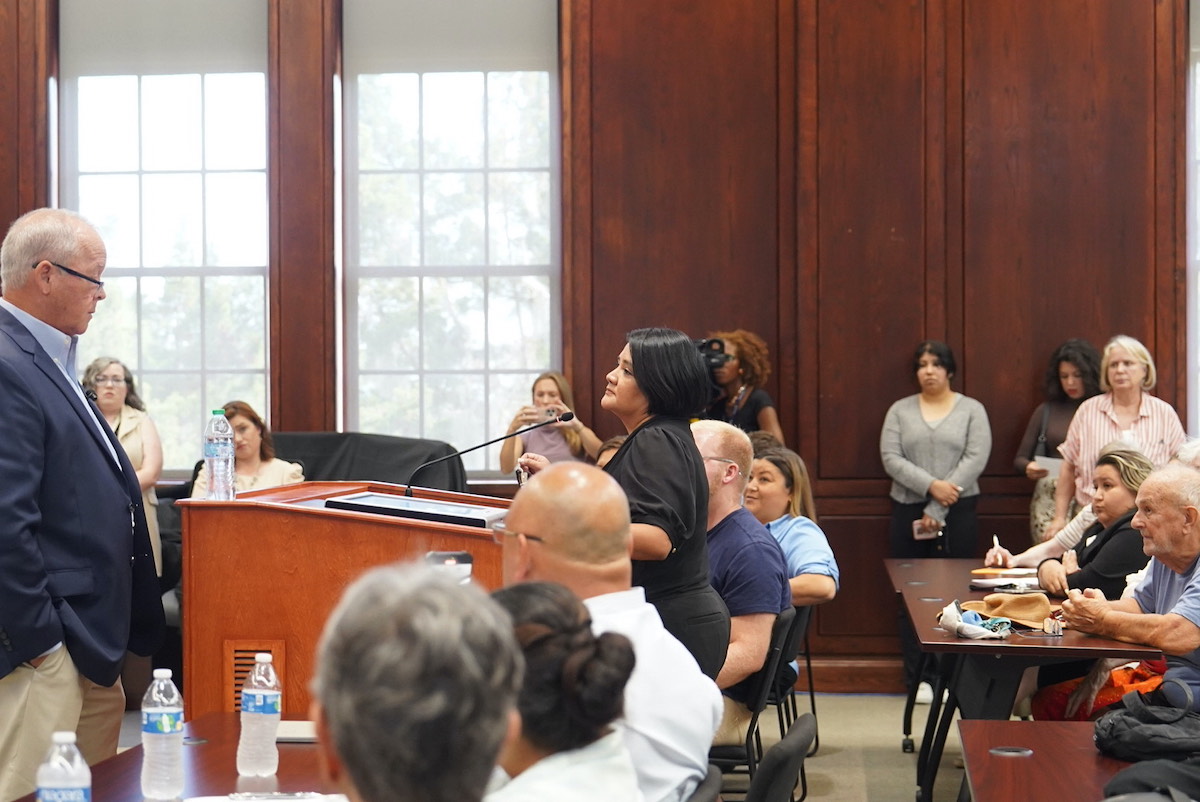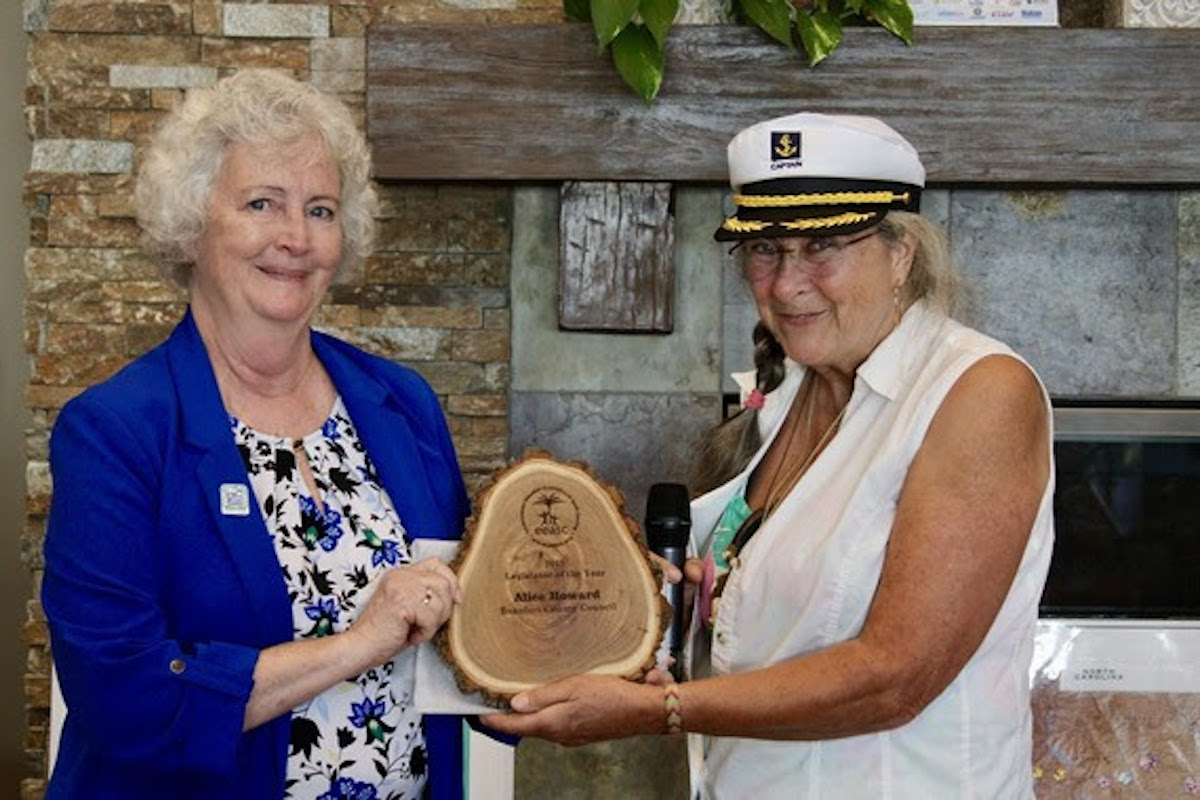Beaufort’s Kazoobie Kazoos Museum rolls with kazoo history mystery
By Erin Bowman
One hundred and eighty years ago, a Georgia man and a German clockmaker made history by debuting the kazoo at the 1842 Georgia State Fair.
At least, that’s how the story goes.
New research by the people behind the Kazoobie Kazoo Museum in Beaufort is raising questions about an often-told and beloved story by kazoo afficionados suggesting the tale may have originated from a parody article.
“At one point we were trying to portray this Alabama Vest and Thaddeus Von Clegg story and honestly, this is a mystery and we’re going to just have to embrace this mystery,” said Boaz Frankel, museum curator.
Accordingly, when guides greet tours Friday to celebrate National Kazoo Day, they’ll be telling an updated who-dun-it history of the kazoo, but Kazoobie Marketing Director Sarah Barnwell said that only adds to the fun.

“I go ahead and tell both sides,” she said. “We think this might be a fable and there are these older examples of vibration instruments. We kind of just let the people decide.”
During the pandemic, Kazoobie Kazoos owner Stephen Murray and Frankel, the originator of the Kazoo Museum, undertook a renovation and modernization of the 12-year-old museum. Kazoobie is the only plastic kazoo manufacturer in the United States.
“At one point we were like this our chance, we’re going to tell the definitive story of the kazoo, we’re going to find out. And really the more research I did, the more questions I realized,” Frankel said.
The story unraveled quickly. Frankel worked with historical societies and combed census records and old newspapers only to come up empty-handed. No one had a record of Vest or von Clegg.
“So, it just started falling apart on a lot of levels,” he said. “There was no evidence. So where did these things come from?”
As he dug into the history, Frankel kept seeing the story of von Clegg and Vest but no source. He turned to Barbara Stewart’s “The Complete How to Kazoo” and found a footnote citing now-defunct British music magazine “Melody Maker and Rhythm.” He found a copy on Ebay and had it shipped overseas only to discover the article was part of a five-piece series.
Three more Ebay purchases and a search of the British library system turned up the rest.
“So finally, when I had the whole piece together, it was clear that the names were totally absurd, they were getting crazier and crazier, and every name I googled or did a newspaper search on came back nothing,” he said. “It became clear this was a parody article. It was just a joke.”
Frankel didn’t give up on the story, however, and attempted unsuccessfully to track down the writer or anyone associated with the magazine and researched the names and facts in the articles.
In the late 1800s, the kazoo’s history and paper trail becomes more clear. The instruments were wooden and were usually more rectangular instead of the now-familiar submarine shape.
Warren Herbert Frost filed a patent for a humming instrument he proposed to call a “kazoo” in 1883, followed by George Smith’s patent in 1902 and in 1915, a factory in Eden, NY, began manufacturing metal kazoos.

“The summer of 1884 was the summer of the kazoo across America. It was this point where it was the fad item, it was the fidget spinner, it was the Tickle Me Elmo,” Frankel said, based on his research.
But examples of merliton – the class of vibrating instruments kazoos belong to – have been found around the world for centuries. Some of the oldest examples are from Africa, where they were fashioned from bones, gourds and other material and used spider egg sacks and animal intestines for the vibrating membrane. Eunuch flutes, also known as onion flutes, were widespread in Europe in the 16th and 17th centuries.
So the Kazoo Museum has adapted to create a more interactive exhibit that challengers guests to consider all the options and make their own conclusions, Barnwell said. While she would like to satisfy her own curiosity by knowing the truth about Vest and von Clegg, she still enjoys telling the story regardless of its origins.
“Either way, I think the kazoos bring happiness and that’s the most important thing,” she said. “For me, it’s about watching (people) go on the tour and make a kazoo and watching the shield we all keep up melt away and bring back our childhood.”
Erin Bowman is a former newspaper reporter living in Beaufort. After working at the Citizen’s Voice in Wilkes-Barre, Pa., she covered Beaufort for nearly four years at the Beaufort Gazette.


